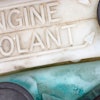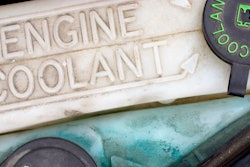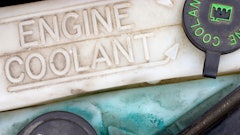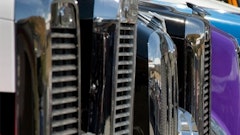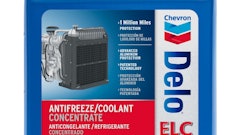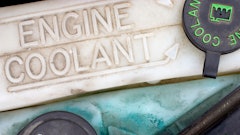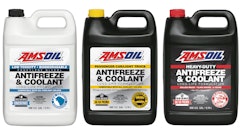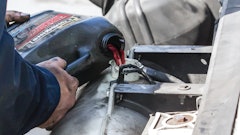Originally published on WorkTruckOnline.com
According to Cummins, 40% of all engine problems are found to originate in the cooling system. Why? Since 2007 and especially since 2010, diesel engine emission technology has radically changed. Regardless of whether the engine uses exhaust gas recirculation (EGR) or selective catalytic reduction (SCR), the engineering wrought by both systems has completely changed both operations and maintenance of diesel engine equipped trucks.
In today’s more complex world, cooling system maintenance begins during the vehicle specification and delivery processes. Instead of reaching for “the antifreeze,” maintenance professionals must clearly understand which of the many coolant types will be present as factory fill in the engines of their new trucks because a) cross-mixing coolant types in an engine can have catastrophic results, and b) managing and adjusting current coolant inventory is now an element that requires much closer attention. Fleets may be required to inventory different coolant types, complicating their preventive maintenance (PM) and routine maintenance practices.
Coolant selection is often the most misunderstood fluid on the shop floor. Fleets should consider monitoring and modify routine radiator checks and refill practices within their PM processes to ensure proper techniques are utilized and that controls are in place to ensure the correct coolant is used at radiator top-off and refill following coolant system servicing.
Fleets using multiple coolant types, as most fleets will, may consider adding a notation on their PM checklist. The notation can validate the type of coolant that was added by a technician along with a measure of the quantity added as a routine checklist item.
Proper coolant PM processes continue to include checking radiator fluid levels and concentration, checking the integrity of the radiator cap, and ensuring no leaks are present (including the charge air cooler), along with systematic pressure testing.
(read the entire article, "Preventative Maintenance for a Complex Cooling System...)



